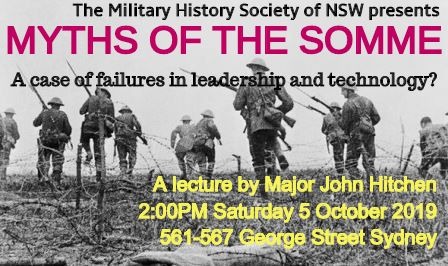RECONNAISSANCE Spring 2019 Issue

This is the "From the Editor" column of the Spring 2019 issue of the Society's quarterly magazine, RECONNAISSANCE. The full magazine is available to Society members. Welcome to the Spring 2019 issue of Reconnaissance. We have seen many wartime centenaries and anniversaries over recent times and this year is no exception. 2019 marks the 75 th anniversary of events during that pivotal Second World War year of 1944. For the English speaking world at least, no event of that period was bigger than D-Day. Operation Overlord may not have been as devastating for the Third Reich as the unstoppable Soviet juggernaut. But that success on the Normandy beaches was more than an indispensable condition for Nazi defeat, it was a crucial determinant of post-war history in Europe and across the world. So it is worth commemorating, even here in Australia. In that vein the Society dedicated its July lecture to a D-Day related subject. Our President stepped forward with a capt...





